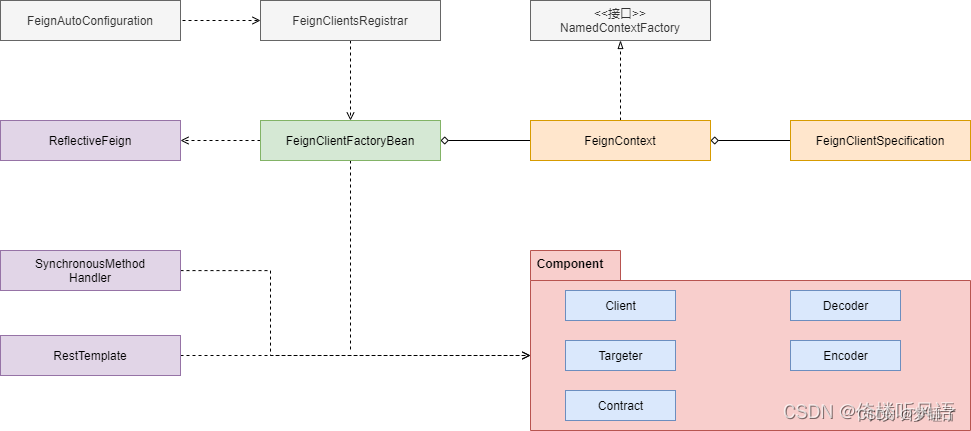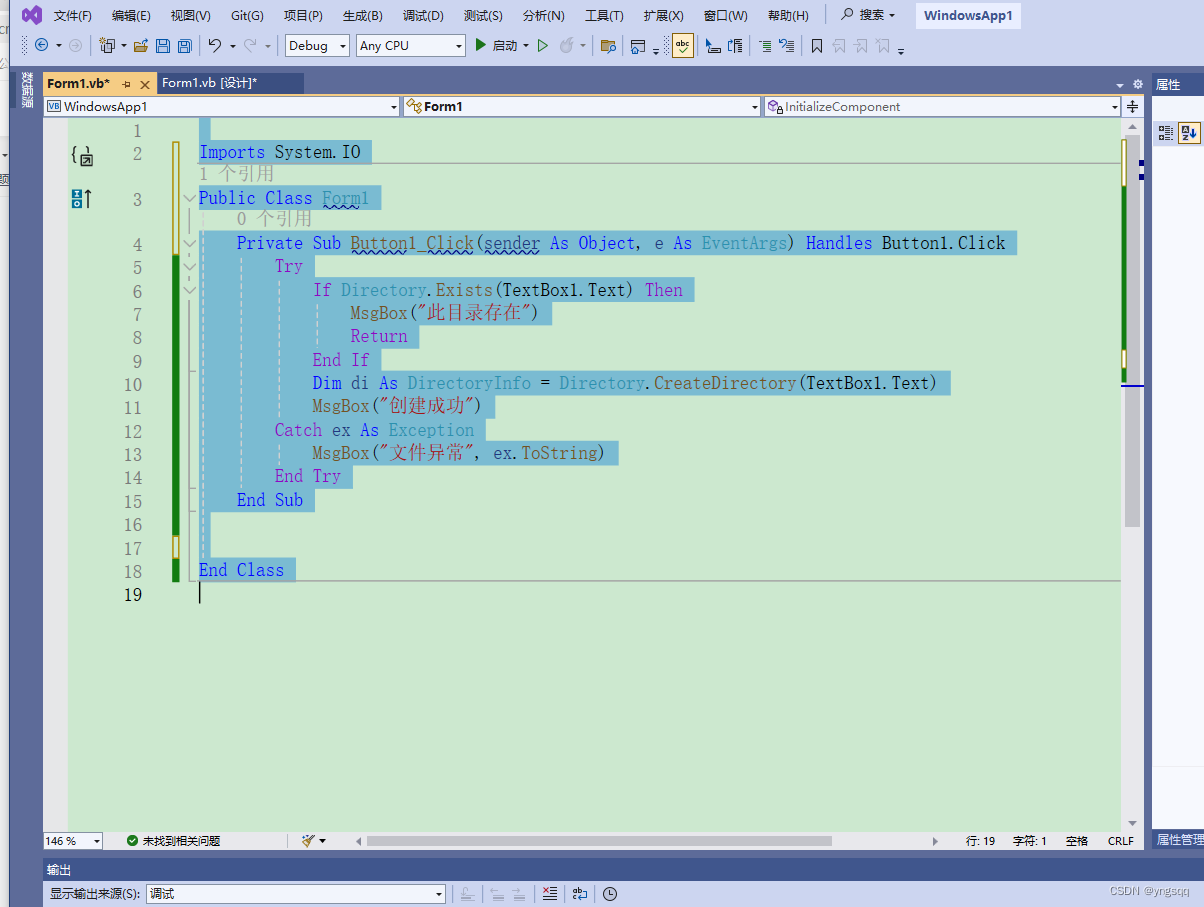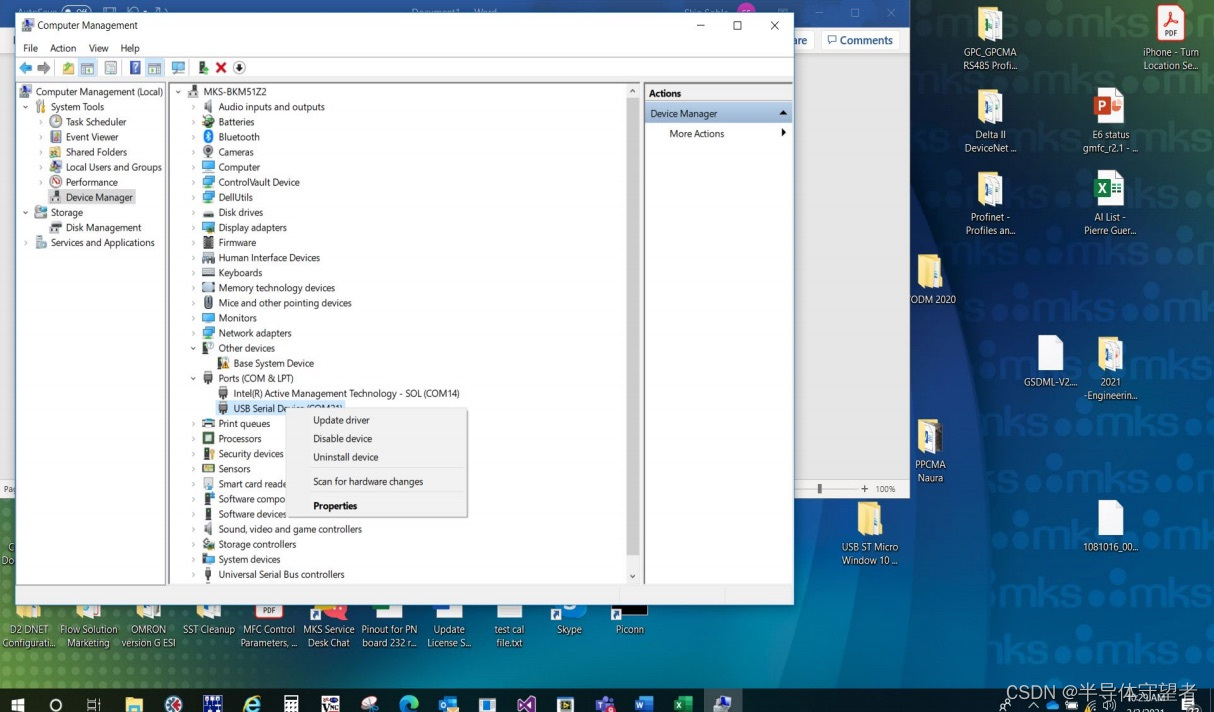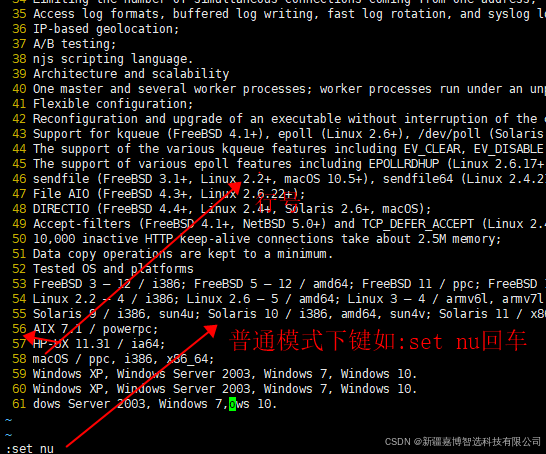LinearLayout 是 Android 中最常用的布局之一,它负责按照水平或垂直方向排列其子视图。LinearLayout 的实现原理主要集中在测量和布局两个阶段,这两个阶段分别对应于 onMeasure() 和 onLayout() 方法。
LinearLayout 的测量过程 (onMeasure())
在 LinearLayout 的 onMeasure() 方法中,主要任务是测量所有子视图的大小,并根据父布局传递的测量规格来确定自身的大小。测量过程大致分为以下几个步骤:
测量模式和大小计算:
- 获取从父布局传递下来的测量规格和尺寸。
- 计算可用的空间尺寸,考虑布局参数中的权重(weight)。
子视图测量:
- 遍历所有子视图,根据当前的测量模式和尺寸,调用每个子视图的
measure()方法进行测量。 - 如果设置了权重(weight),则需要根据可用空间和权重比重新分配尺寸。
- 遍历所有子视图,根据当前的测量模式和尺寸,调用每个子视图的
确定自身大小:
- 根据子视图的测量结果和布局方向,确定 LinearLayout 自身的大小。
- 考虑到 padding 和 margin 的影响。
设置测量尺寸:
- 最终调用
setMeasuredDimension()方法来设置 LinearLayout 的测量尺寸。
- 最终调用
LinearLayout 的布局过程 (onLayout())
在 LinearLayout 的 onLayout() 方法中,主要任务是根据测量结果,将子视图放置在正确的位置。布局过程如下:
初始化变量:
- 初始化一些变量,如当前的 x 和 y 坐标,用于跟踪子视图的放置位置。
遍历子视图:
- 遍历所有子视图,根据子视图的测量尺寸和布局方向(水平或垂直),计算并设置子视图的最终位置。
- 考虑到子视图的 margin,以确保正确的间距。
放置子视图:
- 调用
layout()方法,传入子视图的左、顶、右、底坐标,完成子视图的放置。
- 调用
源码分析
以下是 LinearLayout 的 onMeasure() 和 onLayout() 方法的基本流程,基于源码的简化描述:
onMeasure()
1@Override
2protected void onMeasure(int widthMeasureSpec, int heightMeasureSpec) {
3 // 计算可用宽度和高度
4 final int sizeWidth = MeasureSpec.getSize(widthMeasureSpec);
5 final int sizeHeight = MeasureSpec.getSize(heightMeasureSpec);
6
7 // 考虑到 padding
8 final int widthPadding = getPaddingLeftWithForeground() + getPaddingRightWithForeground();
9 final int heightPadding = getPaddingTopWithForeground() + getPaddingBottomWithForeground();
10
11 // 测量子视图
12 measureChildren(widthMeasureSpec, heightMeasureSpec);
13
14 // 根据子视图的测量结果确定 LinearLayout 的大小
15 setMeasuredDimension(
16 resolveSizeAndState(getDesiredWidth(), widthMeasureSpec, 0),
17 resolveSizeAndState(getDesiredHeight(), heightMeasureSpec, 0)
18 );
19}onLayout()
1@Override
2protected void onLayout(boolean changed, int l, int t, int r, int b) {
3 final int count = getChildCount();
4 final int parentLeft = getPaddingLeftWithForeground();
5 final int parentRight = r - l - getPaddingRightWithForeground();
6 final int parentTop = getPaddingTopWithForeground();
7 final int parentBottom = b - t - getPaddingBottomWithForeground();
8 final int width = parentRight - parentLeft;
9 final int height = parentBottom - parentTop;
10
11 int childLeft = parentLeft;
12 int childTop = parentTop;
13
14 for (int i = 0; i < count; i++) {
15 final View child = getChildAt(i);
16
17 if (child.getVisibility() != GONE) {
18 final LayoutParams lp = (LayoutParams) child.getLayoutParams();
19
20 final int childWidth = child.getMeasuredWidth();
21 final int childHeight = child.getMeasuredHeight();
22
23 child.layout(childLeft + lp.leftMargin, childTop + lp.topMargin,
24 childLeft + lp.leftMargin + childWidth,
25 childTop + lp.topMargin + childHeight);
26
27 if (isHorizontal()) {
28 childLeft += childWidth + lp.rightMargin;
29 } else {
30 childTop += childHeight + lp.bottomMargin;
31 }
32 }
33 }
34}请注意,这里的代码是基于对源码的理解进行了简化和重写,以帮助理解 LinearLayout 的核心逻辑。实际的源码会更复杂,包括对权重的处理、性能优化以及对多种特殊情况的处理。
LinearLayout 的测量和布局
1. 测量子视图 (measureChildren)
在 LinearLayout 的 onMeasure() 方法中,measureChildren() 方法用于测量所有子视图。这个方法会调用每个子视图的 measure() 方法,根据父布局提供的测量规格来确定子视图的尺寸。
1void measureChildren(int parentWidthMeasureSpec, int parentHeightMeasureSpec) {
2 final int count = getChildCount();
3 for (int i = 0; i < count; i++) {
4 final View child = getChildAt(i);
5 if (child.getVisibility() != GONE) {
6 LayoutParams lp = (LayoutParams) child.getLayoutParams();
7 child.measure(getChildMeasureSpec(parentWidthMeasureSpec,
8 mTotalLength + getPaddingLeft() + getPaddingRight(), lp.width),
9 getChildMeasureSpec(parentHeightMeasureSpec,
10 getPaddingTop() + getPaddingBottom(), lp.height));
11 }
12 }
13}这里的关键在于 getChildMeasureSpec() 方法,它会根据子视图的宽度和高度规格、父布局的测量规格、以及子视图的 layout params 来生成子视图的测量规格。
2. 布局子视图 (onLayout)
在 LinearLayout 的 onLayout() 方法中,子视图的位置是根据布局方向、子视图的大小、以及子视图与父布局之间的 margin 来确定的。
1@Override
2protected void onLayout(boolean changed, int l, int t, int r, int b) {
3 final int count = getChildCount();
4 final int parentLeft = getPaddingLeft();
5 final int parentRight = r - l - getPaddingRight();
6 final int parentTop = getPaddingTop();
7 final int parentBottom = b - t - getPaddingBottom();
8 final int parentWidth = parentRight - parentLeft;
9 final int parentHeight = parentBottom - parentTop;
10
11 int widthUsed = 0;
12 int heightUsed = 0;
13 final boolean measureHeight = isModeExactly(mMeasureSpecModeWidth);
14 final boolean measureWidth = isModeExactly(mMeasureSpecModeHeight);
15
16 // 遍历所有子视图,布局它们
17 for (int i = 0; i < count; i++) {
18 final View child = getChildAt(i);
19 if (child.getVisibility() != GONE) {
20 LayoutParams lp = (LayoutParams) child.getLayoutParams();
21 final int childLeft;
22 final int childTop;
23 final int childWidth;
24 final int childHeight;
25
26 if (mOrientation == VERTICAL) {
27 childLeft = parentLeft + lp.leftMargin;
28 childTop = parentTop + heightUsed + lp.topMargin;
29 childWidth = parentWidth - lp.leftMargin - lp.rightMargin;
30 childHeight = child.getMeasuredHeight();
31 heightUsed += childHeight + lp.topMargin + lp.bottomMargin;
32 } else {
33 childLeft = parentLeft + widthUsed + lp.leftMargin;
34 childTop = parentTop + lp.topMargin;
35 childWidth = child.getMeasuredWidth();
36 childHeight = parentHeight - lp.topMargin - lp.bottomMargin;
37 widthUsed += childWidth + lp.leftMargin + lp.rightMargin;
38 }
39
40 child.layout(childLeft, childTop, childLeft + childWidth, childTop + childHeight);
41 }
42 }
43}这里的关键在于确定子视图的左上角坐标 (childLeft, childTop) 和子视图的宽高 (childWidth, childHeight)。这些值取决于布局的方向(水平或垂直)和子视图的布局参数。
3. 响应权重 (weight)
当子视图具有权重属性时,LinearLayout 会根据可用的空间和权重的比例来分配额外的空间给子视图。权重响应发生在测量子视图的阶段。
1final int widthSpec;
2final int heightSpec;
3
4if (mWeightSum > 0 && measureWidth) {
5 final int widthWithoutWeights = mTotalLength + getPaddingLeft() + getPaddingRight();
6 final int widthAvailable = parentWidth - widthWithoutWeights;
7 widthSpec = MeasureSpec.makeMeasureSpec((int) ((float) widthAvailable * weight), MeasureSpec.EXACTLY);
8} else {
9 widthSpec = getChildMeasureSpec(parentWidthMeasureSpec,
10 mTotalLength + getPaddingLeft() + getPaddingRight(), lp.width);
11}
12
13if (mWeightSum > 0 && measureHeight) {
14 final int heightWithoutWeights = mTotalLength + getPaddingTop() + getPaddingBottom();
15 final int heightAvailable = parentHeight - heightWithoutWeights;
16 heightSpec = MeasureSpec.makeMeasureSpec((int) ((float) heightAvailable * weight), MeasureSpec.EXACTLY);
17} else {
18 heightSpec = getChildMeasureSpec(parentHeightMeasureSpec,
19 getPaddingTop() + getPaddingBottom(), lp.height);
20}
21
22child.measure(widthSpec, heightSpec);在上面的代码片段中,mWeightSum 表示所有子视图权重的总和,widthAvailable 和 heightAvailable 分别表示可用于分配给有权重的子视图的剩余宽度和高度。如果权重总和大于零,并且测量模式是确切的,那么会根据权重比例分配空间给子视图。
总结
LinearLayout 的实现原理主要集中在如何测量和布局其子视图,以满足指定的布局方向和权重响应。通过理解 onMeasure() 和 onLayout() 方法,以及子视图测量规格的生成,可以更好地掌握 LinearLayout 的内部工作原理。








































